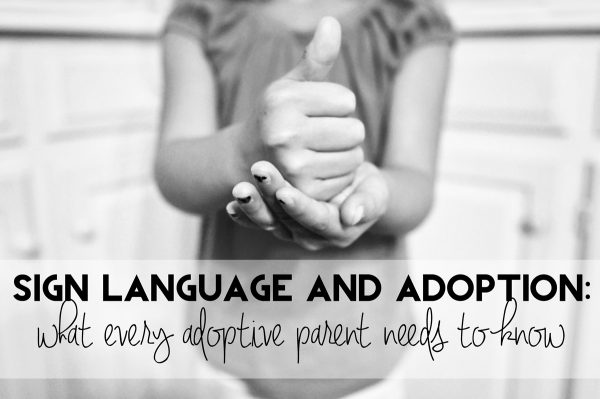
From Sarah Yao – Education Administrator at New Day Foster Home
“We first learned about ASL and baby signs in 2002 when a Special-Ed teacher introduced it to us. We discovered it was a good way to encourage the children to communicate and make their wishes known.
We tried some very simple signs with our children at first. For example, ‘down’. At the end of a meal, the nanny would ask her 6-month-old baby who was sitting in his high chair, “You want to get down?” and she would make the sign for down.
Then she would take her baby’s hand to do the same motions, and then take him down from the high chair. After a couple of attempts, the nanny would wait for a little while until the baby tried to sign ‘down’ or point to the floor by himself. It was such an exciting and joyful moment for both of them when the baby signed himself that he wanted to get down.
And we found signs could be introduced to the children at any age before verbal speech even started. We signed with the children during daily activities, in speech therapy and while they would try to speak.
It was very interesting to find that children who used sign language as a baby or toddler had better language skills and did better with expressing, understanding, and verbal speaking when they began to talk!”
From Lillian Zhao – Speech Therapist at New Day Foster Home
“Sign Language is a great gift for our special needs children, such as children with Downs syndrome, cleft lip and palate. and children with hearing loss. When they learn signs, they learn a way to communicate with people, so they can be understood, their wishes can be made known, and their emotions, feelings and needs can be shared!
I will never forget the morning one of my students, a child with Down syndrome, came to my office and signed, “Daddy sick.” Later when his foster mom came to pick him up she told me they have to stay home for a couple of days because his foster dad just had a small surgery.
I was amazed, proud of him, and also so happy that our days and days of practicing sign language was being used in daily life.
He now has a voice…..”
New Day has made signing even easier for adoptive parents with this thorough and easy-to-navigate series of short videos, specifically the basic, everyday signs they use with the children in their care: “All of the children are being taught these signs, even if they are not hearing impaired or language delayed, as we recognize that they can help with communication, especially in the early days of an international adoption.”


























I used Sign Language with my daughter when I adopted her at it was wonderful! At one point she had about 75 signs that greatly eased communication before she could speak. She transitioned easily to talking when she was ready but the signing gave us an opportunity to ‘speak’ and for her to communicate with me before she had words.
We borrowed the ‘Baby Signing Time’ DVDs from our local library and we both loved them!